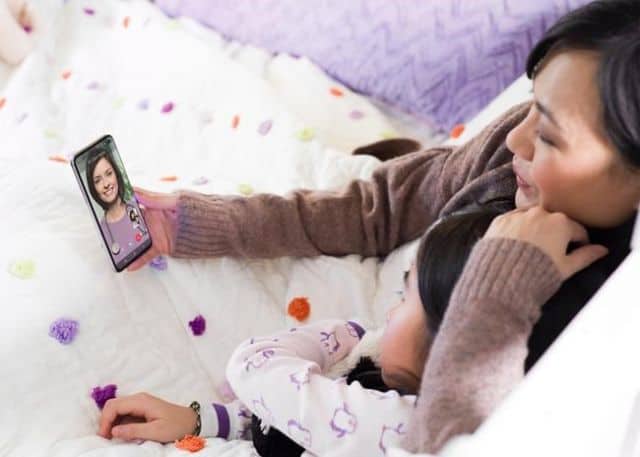
Stick out your smartphone and say AHHHHH.
Although it’s early days for a new wave of telemedicine, some Canadians can now avoid trips to the doctor’s office by using their mobile phone’s video camera.
In March, Telus Health launched a new video link between patients and select doctors in British Columbia, the only province with a billing code to pay doctors for such visits.
Other companies are experimenting with similar services, but Telus has hopes of becoming the main player in Canada’s burgeoning market for consumer-oriented medical technology.
“I think we are far ahead of any competitors in this space in Canada,” Telus vice-president Juggy Sihota said in an interview from Vancouver.
Over the past decade, the owner of the Telus and Koodo wireless networks has spent $2.5 billion to build a national medical records business.
Telus Health estimates that more than 50 per cent of general practice doctors offices in Canada use the electronic medical records software at their office; more than 60 per cent of pharmacies use its pharmacy management software.
It’s now adding Babylon by Telus Health, which including video visits by smartphone, to its lineup.
“This is a key strategic priority for our organization and a key personal priority for (Telus CEO Darren Entwistle),” said Sihota, Telus’s vice-president of consumer health.
Telus is the Canadian partner of London-based Babylon Health — one of many companies that have developed smartphone apps that aim to help consumers diagnose their own symptoms.
What’s distinctive about the new Babylon by Telus service is its ability to connect by interactive video with doctors covered by B.C.’s health services payment system.
“It is as though you went into a walk-in clinic and see the doctor that’s there,” according to Sihota.
Patients aren’t required to use a Telus wireless phone and they won’t be charged for video doctor visits.
Eventually, Telus hopes to generate revenue by selling a technology platform to general practice doctors and other health professionals.
Dr. Ed Brown, who is chief executive officer of the Ontario Telemedicine Network, said forms of video doctor visits have been around for many years.
“For example, a patient living in a small town could go into a hospital and see a specialist that’s many, many miles away without having the make the trip.”
But Brown agrees that what Telus is doing “is a little bit different.”
For one thing, it’s using widely available mobile technology that patients can use anywhere there’s a fast enough wireless service. Babylon by Telus also connects with general practitioners, rather than specialists.
Brown said that Ontario’s health system doesn’t have a billing code to pay doctors for their telemedicine services, but OTN is working to overcome that barrier.
“We want to really make this part of mainstream health care,” Brown said
OTN is funding a pilot program with 277 physicians and 30,000 patients in five of Ontario’s 14 health care regions.
He said that seeing a new doctor each visit “is OK for some things but, for the most part, we also like people to have direct access to their own doctor.”
OTN — a provincially funded not-for-profit organization — is working with Novari Health and Think Research on a mobile phone connection between Ontario doctors and their patients.
“Patients are able to text their own doctor, and that can be escalated to a video or audio call if that’s required,” Brown said.
He said only a small percentage of patients in the pilot project use the video feature, relying mostly on text messages.
“Babylon may have some differentiating features that may give them an edge, here and there, but I think there’s a lot of competition in this space.” Brown said.
From Sihota’s point of view, video consultations offer big advantages over traditional visits to the doctor’s office.
For example, she said, patients can replay the virtual consultations with the Babylon doctor either for themselves, a trusted family member or personal doctor.
And if a general practice doctor refers a patient to a specialist, the service provides notifications along each step of the process and gives the patient opportunities to ask questions along the way.


